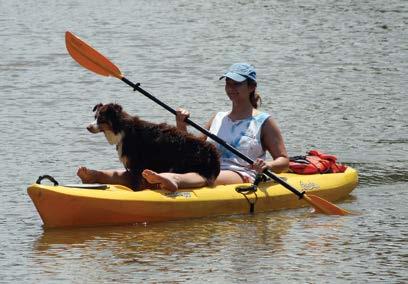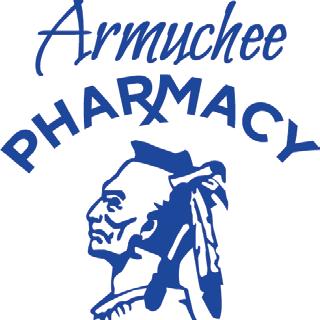
3 minute read
River Recreation - Getting on the Water
river RECREATION Getting On The Water
Kayak, canoe, and paddleboard traffic on Rome’s rivers have increased exponentially over the last decade.
Advertisement
“It’s been fun to watch the number of canoes, kayakers, and now paddle boarders that come in and out of town,” said Rome City Manager Sammy Rich. “I think it’s our job as a city to help expand that.”
Evidence of the popularity of paddle sports in Rome was evident in each of the last two Special-Purpose Local Option Sales Tax packages. The 2017 SPLOST includes $3,639,500 for Blueways projects to provide additional access to the water. The money is earmarked for soft launch sites, a riverside campground (which could be a paddle in only site), and a new community boathouse that would accommodate local rowing teams and the public.
County Manager, Jamie McCord, recognizes the importance of our rivers, “Recreation on our blueways is a favorite pasttime in our community, and increasing accessibility and enjoyment is the goal of the SPLOST projects.” The 2013 SPLOST package included $1.8 million funds to restore and stabilize Unity Point at the Etowah and Oostanaula Rivers’ confluence to form the Coosa downtown. The city awarded a contract that is still in the design phase of that work; however, Rich said it would include a canoe/kayak, paddleboard launch. “I’m excited about growing water sports in general,” Rich said. “It’s been one of the missing links to a good outdoor vibe in our community.”
Canoes, kayaks, inner tubes, fishing boats, and even an occasional jet ski can be found in The Etowah, Oostanaula, and Coosa rivers on a nearly daily basis most months of the year. Department of Natural Resources Cpl. Ben Cunningham says it’s almost unbelievable how much the rivers’ use has increased over the last decade. “It has increased a hundredfold,” Cunningham said.
“People are finally learning that it’s fun to float down the river,” Cunningham said. “On a regular day with normal water conditions, you can enjoy a three and a half-hour float which ends at downtown. From here you can disembark and enjoy all downtown Rome has to offer.” Cunningham’s reference is to what has probably become the most popular float, from Dixon Landing on the Etowah at the YMCA soccer park to the Piggy Green ramp at Heritage Park just past the confluence of the river. When the U.S. Army Corps of Engineers generates power from the Allatoona Dam in Cartersville, the float can be shorter than three and half hours. On a hot August day, when the water is low, and the dam is not generating, it can be somewhat longer.
The paddle from Dixon Landing to downtown Rome also passes a couple of native American fish weirs, also called fish traps. They are large V-shaped rock formations constructed by natives to force fish to funnel into the V’s neck where the fish were either netted, scooped up in baskets, or perhaps speared. It’s a part of Rome’s early history that folks who don’t get out on the rivers might never get to see or learn about.
Joe Cook, a longtime local river advocate with the Coosa River Basin Initiative, said the rivers’ increased use has been a great thing. “The Etowah is a pretty forgiving river. The more people that are out on our rivers, the more people are going to appreciate and take steps to protect them,” said Cook.
Darris Linginfelter, who moved to Rome years ago, gets out on the water on his paddleboard every chance he gets, which by the way, is not quite as often with a new baby at home. He said the activity is easy to do by himself, which is part of the allure of paddleboarding. “You can paddle upstream and get a nice workout and then float back down and be back at your car,” said Darris.











